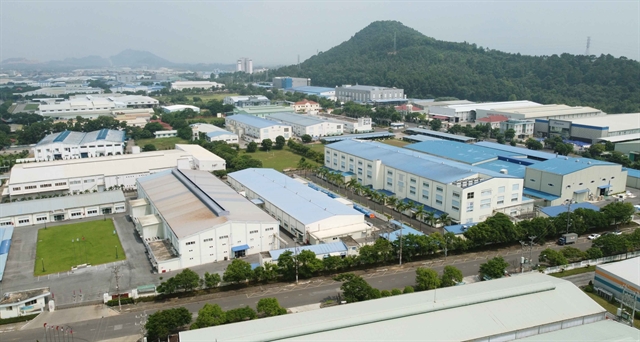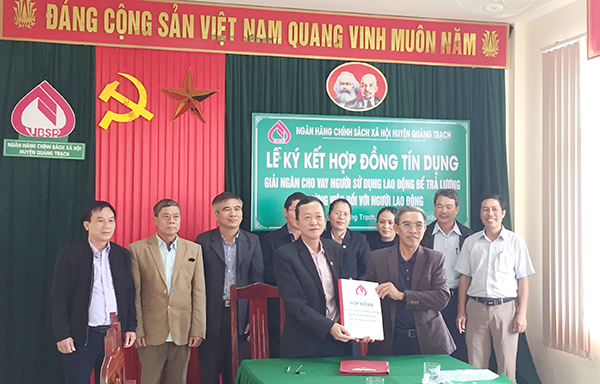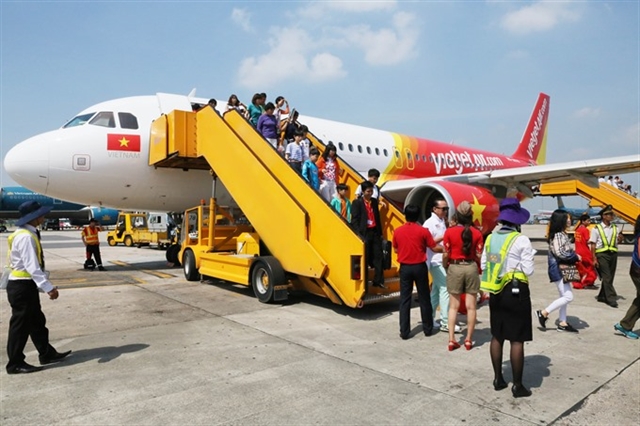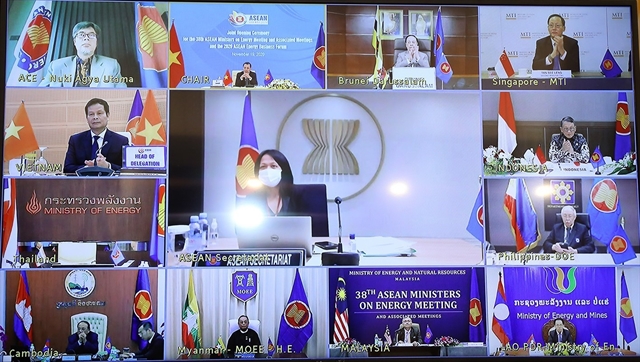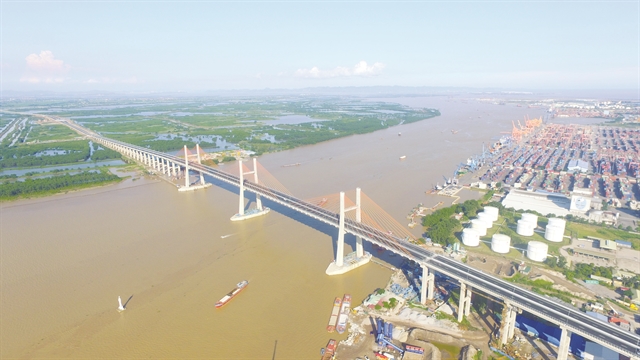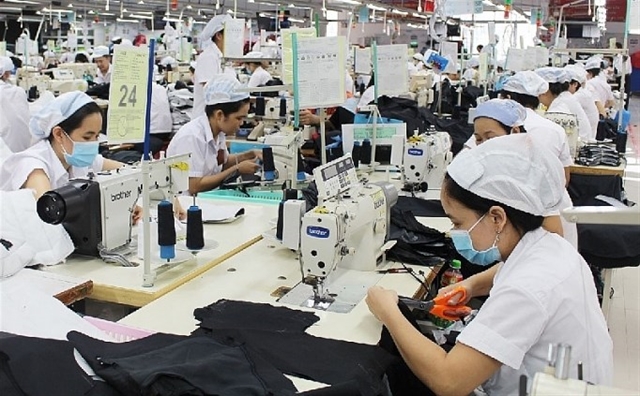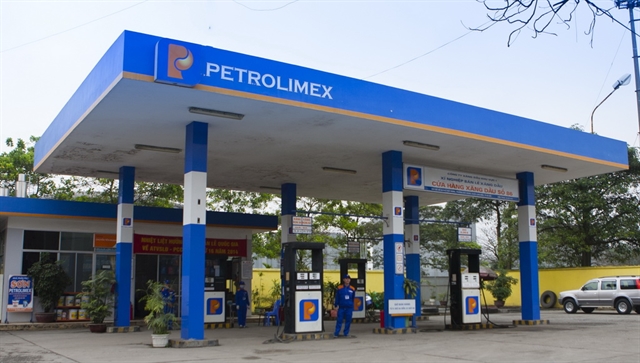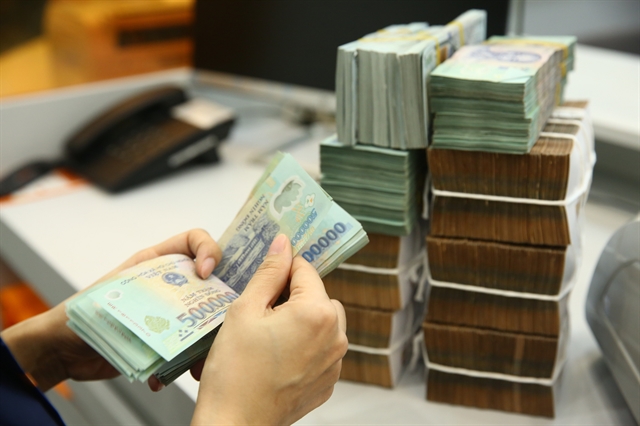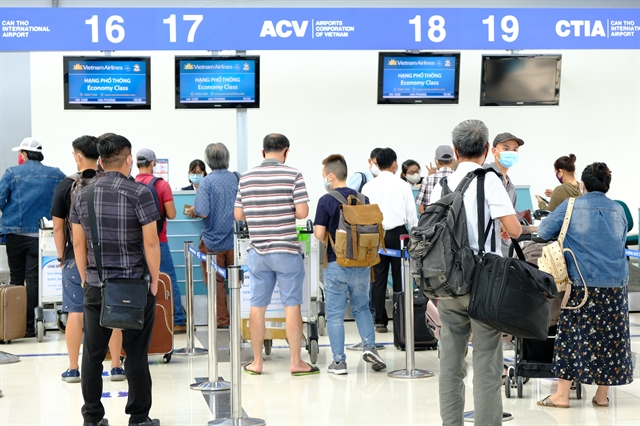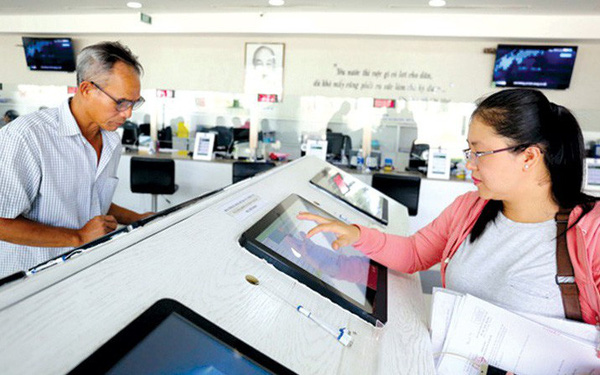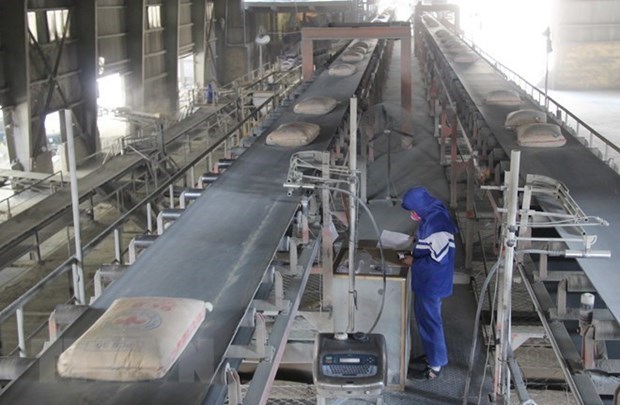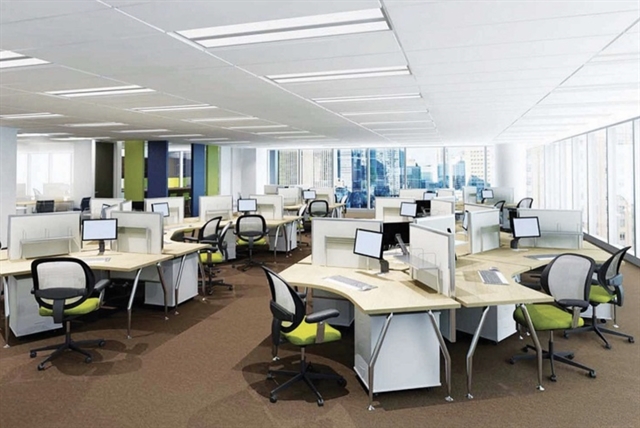
HCM CITY — Office rental rates will continue to drop while supply will be in the non-central business district areas in HCM City in the coming time, according to property research companies.
The office rental rate of HCM City is expected to drop by 8 to 10 per cent year-on-year by the end of 2020 due to the negative impact of COVID-19, said property research firm CBRE.
A report from the market research firm predicted that the construction of new office buildings in HCM City had moved forward and about 80,000 sqm net leasing areas (NLA) are expected to be completed by the end of the year.
“Most of the new additions will be concentrated in the East (Bình Thạnh District) and the South (District 7). Landlords of these upcoming buildings have decreased rents to attract tenants,” the company said.
Phạm Ngọc Thiên Thanh, Associate Director of CBRE Vietnam, said: "COVID-19 has reshaped the market’s dynamics, with negotiation power shifting towards occupiers. The market will have more new projects coming online in decentralised areas with competitive rents. In response, landlords will be more flexible in terms of rental rates and leasing terms. To stay ahead of the competition, landlords should consider applying workplace strategy tools to evaluate current strengths and deficiencies of their buildings, in order to come up with an optimal solution to increase their assets’ values.”
Another property service firm, JLL, forecasted that by the end of 2020, the market will welcome more than 70,000 sqm of grade B office space, mainly contributed by those in non-CBD areas, bringing the total stock for grade A and grade B to 1.5 million sqm.
“The demand is expected to slow down across the segment till the virus is globally contained. Therefore, buildings with large vacancy will likely reconsider their asking rents and leasing strategies to maintain the required occupancy," the company said.
The city’s office market since the beginning of this year has been strongly affected by COVID-19.
In the third quarter, the city’s office market continued to go through a stagnation period in terms of performance due to COVID-19, which affected many enterprises.
“The market witnessed negative net absorption in the first nine months of 2020. Some 31 per cent of major transactions collected and closed by CBRE were for contraction purposes, which is expected to continue being a trend until the end of this year,” the company said.
There was no new supply in the HCM City office market in the third quarter and the supply remained at 1,370,814 sqm of net leasing area.
In the third quarter of 2020, grade A vacancy space was recorded at 11.5 per cent, up 3.3 percentage points year-on-year. Contracted space of Grade A by the end of the second quarter of 2020 was gradually absorbed in the third quarter of 2020 by existing tenants at the given buildings through expansion and renewal of contracts. Grade B vacancy remained unchanged compared to the last quarter, but slightly increased by 1.3 percentage points compared to the same period last year.
Insurance, technology and retail, trade, and e-commerce were the most active sectors in terms of office leasing despite the COVID-19 outbreak.
These industries accounted for 69 per cent of total transactions closed and collected by CBRE in Q3 2020. Information technology and retail, and trade and e-commerce companies from the UK, Singapore and the US were actively expanding their footprint with most leasing areas ranging above 500 sqm NLA.
Unlike insurance companies, which typically lease office space in the central area, those in information technology and retail, trade, and e-commerce are usually more open to heading out to decentralised areas to seek cheaper options and better accessibility to the airport, warehouses or ports. By leasing spaces in decentralised areas within 3 – 7 km radius from the CBD.
In its report, JLL said: “The negative impact of Covid-19 and the uncertainty of the economy have weighed on the occupier demand of HCM City office.”
According to the company, grade B, with negative net absorption across existing buildings, witnessed an increase in vacancies. Grade A office space, even though backed up by deep-pocketed companies, was also under certain pressure. — VNS
